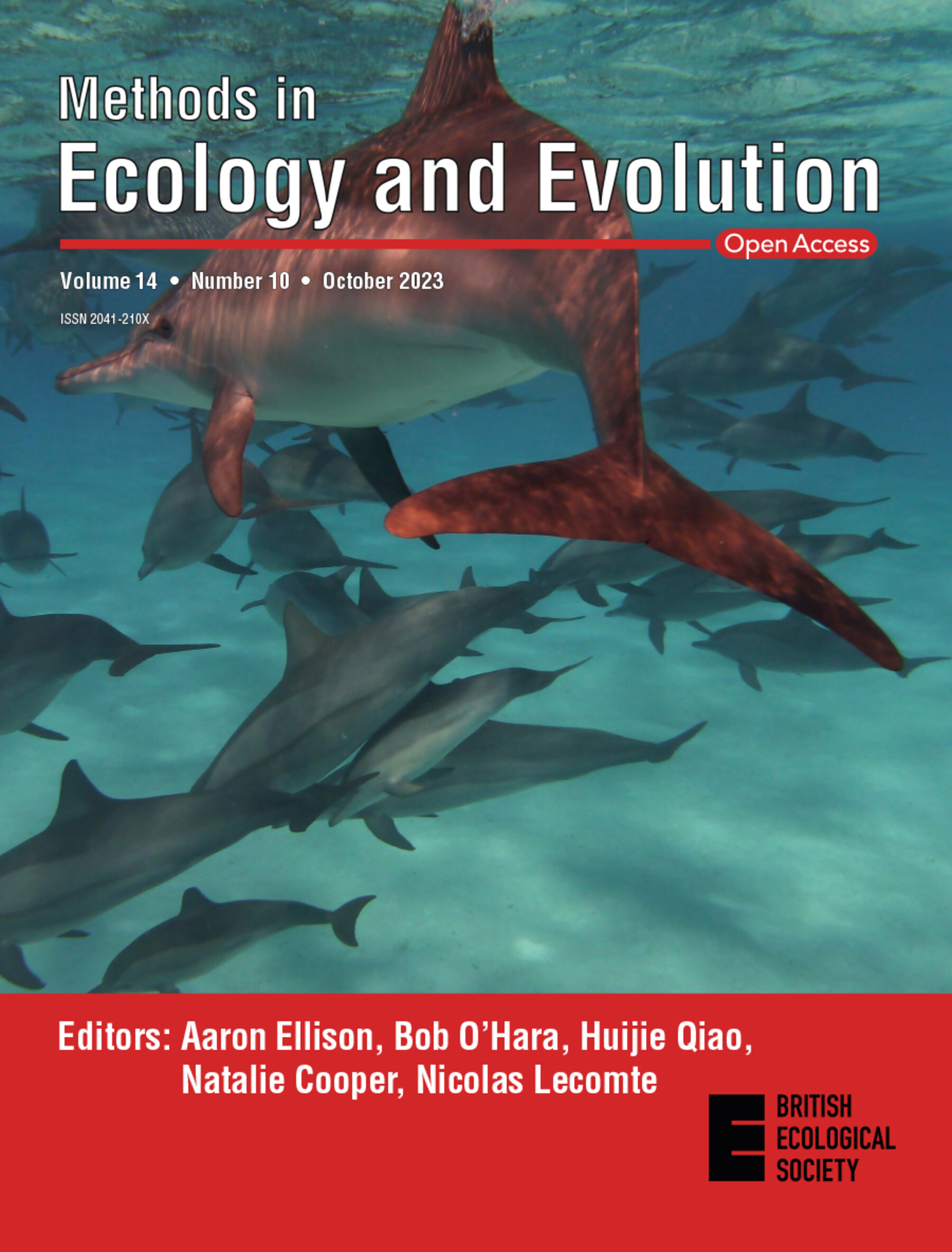
Identifying potential emerging invasive non-native species from the freshwater pet trade
The authors have identified the most important risk species among aquatic pets for Germany and developed a three-step risk assessment method that can serve as a screening tool and as a basis for legislation to restrict future releases of unwanted animals. This is essential, as the study also shows that 97 per cent of the freshwater species sold in Germany are not native.

Diversity of researcher types and plurality of philosophical concepts in limnology – an essay: presidential keynote on occasion of the 100th Anniversary of SIL

Positioning aquatic animals with acoustic transmitters
The paper offers an introduction to novel methods of high-resolution positional telemetry that provide guidance to practioners. It presents a summary of all techniques for fine-scale positioning of the movements of fish.

Potential for high toxicity of polystyrene nanoplastics to the European Daphnia longispina
Until now, the toxicity assessment of microplastics in the environment relied on the model organism Daphnia magna for evaluating potential hazards to aquatic invertebrates. However, other Daphnia species are primarily found in Northern Hemisphere lakes, most notably Daphnia longispina. The current study reveals that Daphnia longispina can be more sensitive to microplastics than Daphnia magna.
Patterns and drivers of climatic niche dynamics during biological invasions of island-endemic amphibians, reptiles, and birds
Looking at insular amphibians, reptiles and birds across the world, the authors investigated mismatches between native and non-native climatic niches and how these mismatches can be explained. The results show that climatic mismatches are common for non-native birds and reptiles, but rare for amphibians, and that several factors are significantly related to these mismatches.

Deepwater dissolved oxygen shows little ecological memory between lake phenological seasons
Combined Surface-Subsurface Stream Restoration Structures Can Optimize Hyporheic Attenuation of Stream Water Contaminants
A numerical model was used to evaluate engineered stream restoration structures and how to maximise their impact on hyporheic contaminant attenuation. Combined surface-subsurface structures were able to simultaneously increase hyporheic fluxes and transit times, providing conditions for contaminant attenuation that were many times more effective than surface or subsurface structures alone.
Time Series of Electrical Conductivity Fluctuations Give Insights Into Long-Term Solute Transport Dynamics of an Urban Stream
A solute transport model was applied to diurnal electrical conductivity fluctuations in a river to obtain long-term time series of transport metrics. The study showed that differences in transport metrics occur in adjacent river reaches and that mowing of macrophytes can increase the transient storage area.
Improved understanding of vegetation dynamics and wetland ecohydrology via monthly UAV-based classification
The authors conducted monthly UAV flights for 2 years in a riparian wetland in Germany. Such multi-flight-based classification outperformed single-flight-based ones, providing a picture of vegetation community evolution. Apart from contributing to an evidence base for wetland management, such multi-flight UAV vegetation mapping could provide fundamental insights into their landscape ecohydrology.
High-resolution in situ stable isotope measurements reveal contrasting atmospheric vapour dynamics above different urban vegetation
The authors monitored stable water isotopes in precipitation and atmospheric water vapour in-situ in an urban green space in Berlin to understand the origins of atmospheric moisture and its link to water partitioning under contrasting urban vegetation. This improved constraining the isotopic interface between the atmosphere and the land.





